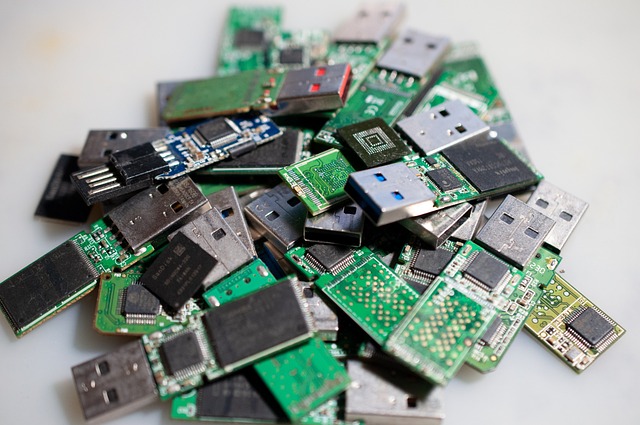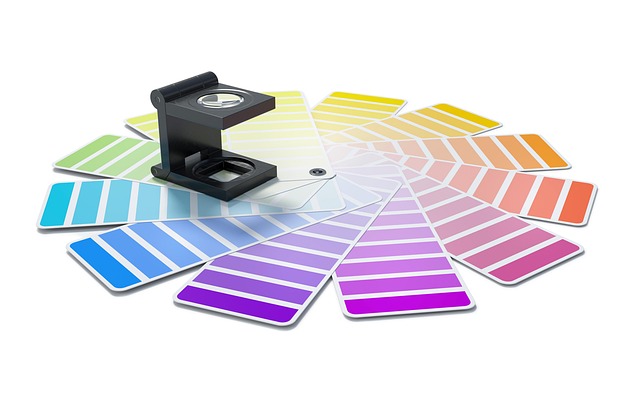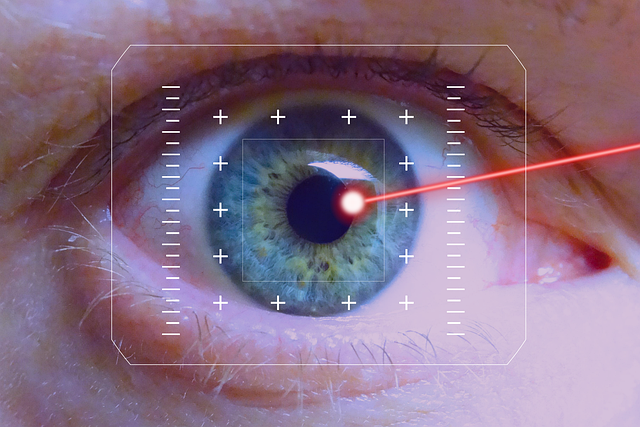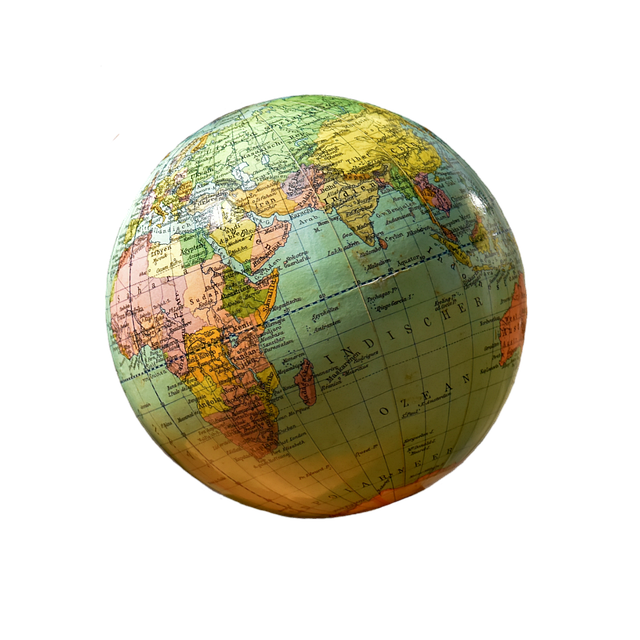Capturing the Beauty: The Art and Design of Flash Photography
Flash photography often evokes a mixed bag of emotions among photographers and enthusiasts alike. While some may view it as a mere tool for illumination, others celebrate it as an art form that elevates their visual storytelling. In this exploration of flash photography, we’ll delve into the interplay of art and design that makes this technique a powerful medium for capturing beauty in its many forms.
The Artistic Element of Flash Photography
At its core, flash photography is an artistic endeavor that allows photographers to paint with light. Unlike natural light, flash creates unique shadows and highlights that can dramatically alter the mood of an image. It can bring out the intricate details in a subject, whether it’s the delicate texture of a flower petal or the expressive features of a portrait.
The right flash technique can transform an ordinary scene into something extraordinary. For example, using a soft flash can create a dreamy, ethereal effect, while a hard flash can lend a stark, high-contrast look that embodies the raw emotion of a moment. The choices made in flash photography become a visual language that communicates the photographer’s vision and intention.
The Design of Light
When we think about design in photography, the arrangement of elements within the frame is paramount. However, flash is often an underappreciated component of this design. The placement and intensity of your flash can sculpt the entire scene and must be thoughtfully considered. Understanding how to manipulate the direction, diffusing capabilities, and power of your flash can lead to stunningly designed compositions.
Consider bouncing your flash off a ceiling or wall to create a soft, diffused light that enhances a subject without overwhelming it. This design choice not only flatters the subject but also adds depth and dimension to the background. On the other hand, using direct flash for backlighting can result in striking silhouettes, further emphasizing the interplay of light and shadow.
Creating Impactful Narratives
Flash photography goes beyond merely illuminating a scene; it facilitates storytelling through visuals. The way a subject is lit can evoke specific emotions—warmth, tension, intimacy—shaping the viewer’s experience. By understanding the relationship between flash, art, and design, photographers can craft narratives that resonate deeply with their audience.
Whether you’re capturing a wedding, a bustling city street at night, or a serene still life, the strategic use of flash can be the difference between a snapshot and a visually compelling story. Each click of the shutter becomes more than just documentation; it becomes a moment of creativity, design, and narrative.
Embracing the Challenges
Of course, mastering flash photography comes with its own set of challenges. Balancing exposure, managing the power of the flash, and ensuring that the flash complements the existing light can be daunting. However, embracing these difficulties enhances your skills and deepens your artistic expression. The journey of learning how to wield flash encourages a more profound understanding of light and shadow, creativity, and the principles of design.
In every flash of light lies the potential to capture beauty—the fleeting, the lasting, the intimate. By approaching flash photography as both an art and a design challenge, photographers can push their boundaries, discover new techniques, and ultimately create images that inspire and captivate their audience.




